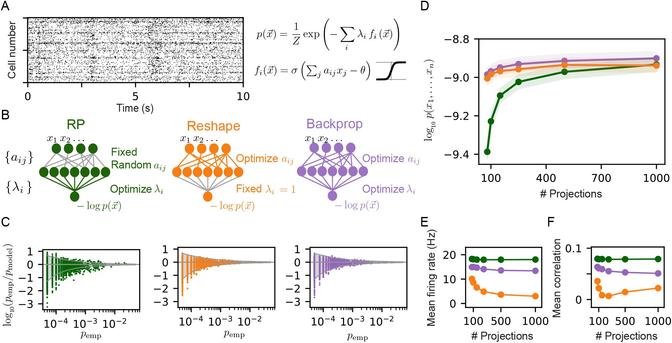New approach to modeling neurons and neural circuits, from Mitya Chklovskii's lab:
"The Neuron as a Direct Data-Driven Controller", Moore et al. 2024
https://www.biorxiv.org/content/10.1101/2024.01.02.573843v1
"... a normative theory that interprets neuronal physiology as optimizing a computational objective."
"novel Direct Data-Driven Control (DD-DC) framework, we model neurons as biologically feasible controllers"
"explains various neurophysiological phenomena: the shift from potentiation to depression in Spike-Timing-Dependent Plasticity (STDP) with its asymmetry, the duration and adaptive nature of feedforward and feedback neuronal filters, the imprecision in spike generation under constant stimulation, and the characteristic operational variability and noise in the brain."
#neuroscience #CompNeurosci


